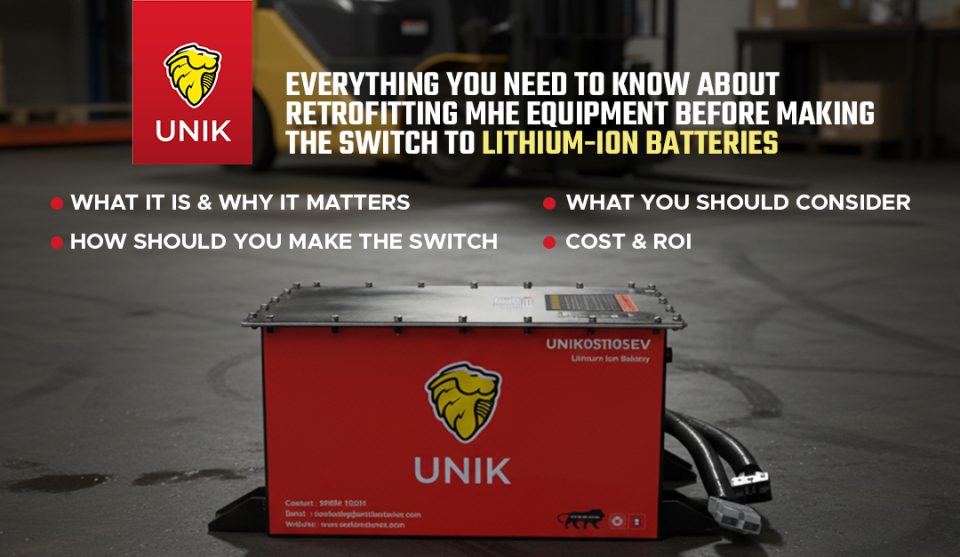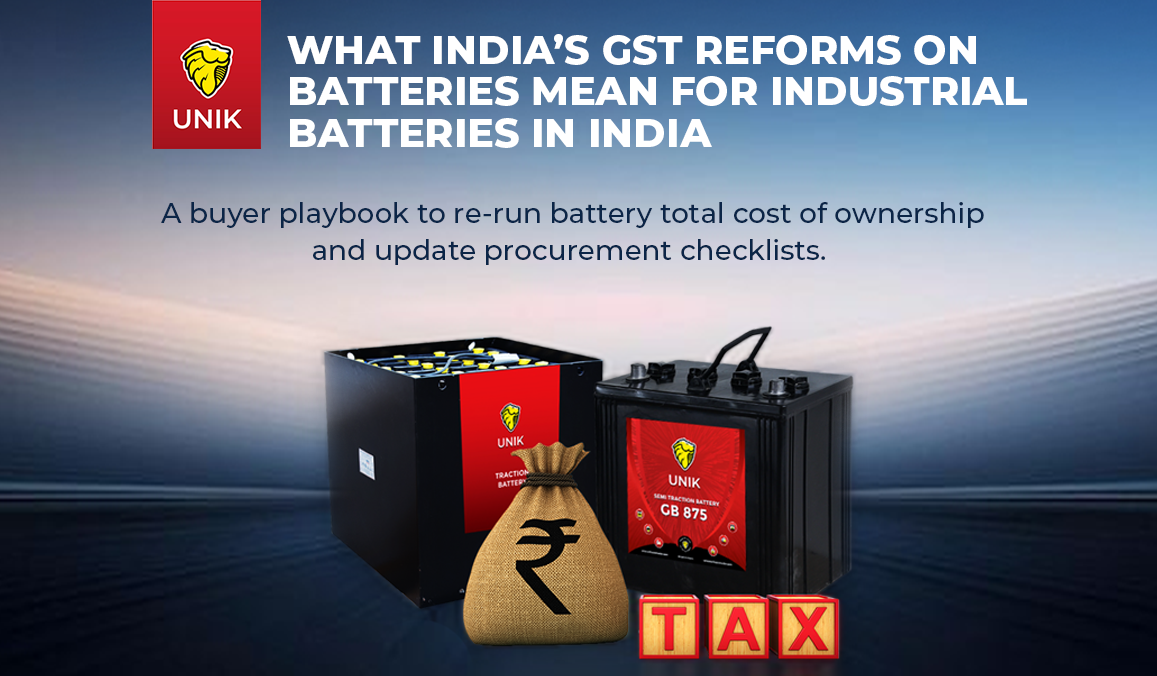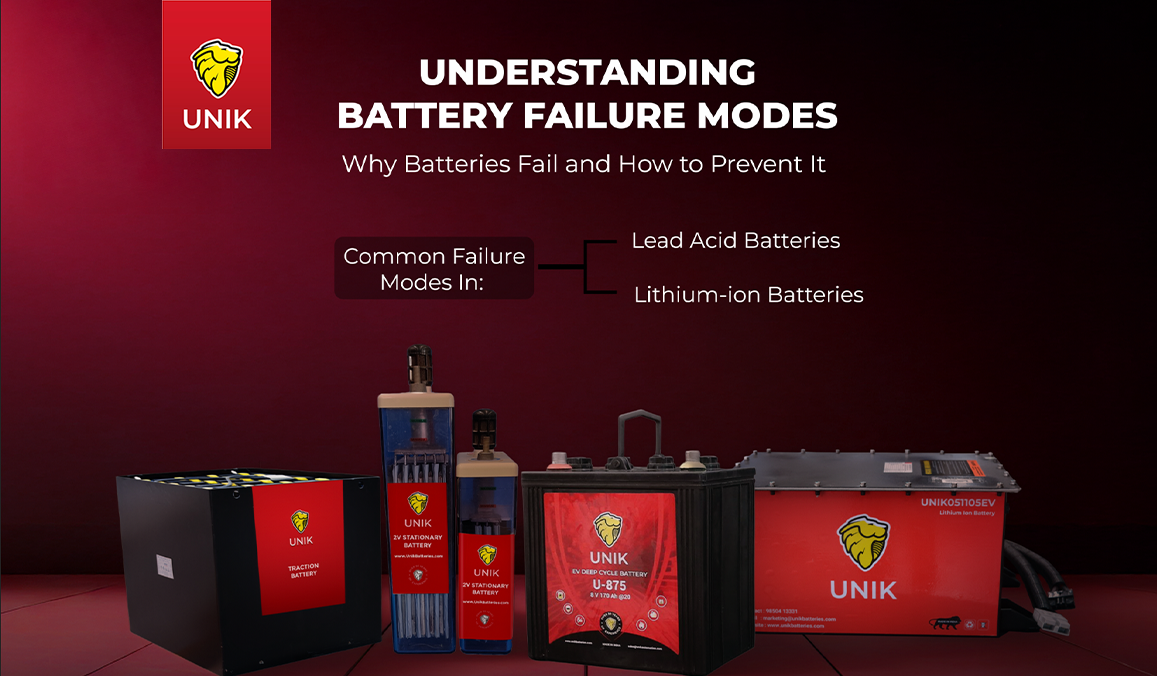What are lead acid batteries used for?
Lead acid batteries are used for automotive and industrial applications. They are still very popular and widely used because lead acid batteries are:
1. Proven as regards performance.
2. Economical to use.
3. Recyclable.
4. Safer compared to alternatives.
5. Easier to service.
6. Does not need a battery management service necessarily.
7. Is capable of operation over a wide range of temperature.
As regards applications automotive batteries are used for engine starting and lighting and to power the various equipments like power windows and air blowers and stereo systems etc etc. in cars, buses, vans, trucks, tractors and IC engine fuel operated forklifts and cranes. The motorcycle batteries are also used for lighting and engine starting in certain cases.
As regards industrial batteries they are generally classified as:
1. Stationary batteries.
2. Motive power traction batteries.
3. Monobloc semi traction batteries.
4. Submarine batteries.
Stationary batteries are used in the following applications:
1. As uninterruptible power system batteries for continuous process industries, power stations,
telecom systems, hospitals, software industries and atomic energy instrumentation systems.
2. In railway signaling systems to ensure continuous power.
3. To power burglar alarms, fire alarms and security systems.
4. Solar photovoltaic systems used in remote locations not having grid power and needing
batteries to store energy for use at night to power lights, fans and small televisions.
5. As inverter batteries for ensuring continuous power in homes, offices and clinics.
Motive power traction batteries are used in the following applications:
1. For powering battery operated pallet trucks and platform trucks used in industries.
2. For powering battery operated forklift trucks and reach trucks used in logistics and cargo
godowns.
3. For powering industrial scrubbers and sweepers used in large industries, railway stations and
airports.
4. For running electric vehicles in certain applications like mining locomotives and in die loaders of
large industries.
5. To power wheel chairs.
6. For running Automated Guided Vehicles popularly known as AGVs in industries and for special
purpose defence applications.
Monobloc semi traction batteries are used in the following applications:
1. As a source of power in scissor lifts, aerial work platforms and for battery operated cranes.
2. As a source of power for small battery operated scrubbers and sweepers.
3. To power electric toy trains and buses used in malls, amusement parks and exhibitions.
4. To power golf carts used in golf courses, hotels, amusement parks, resorts, large industries and
airports.
5. To power electric vehicles, recreation vehicles and boats.
Submarine batteries are a series of two volt cells of very high capacity and usually of high voltage. These batteries are the only source of power when a battery operated submarine is under water. Lives depend on these batteries and these are made to exacting standards. A major chunk of the submarine weight is the weight of its battery.






